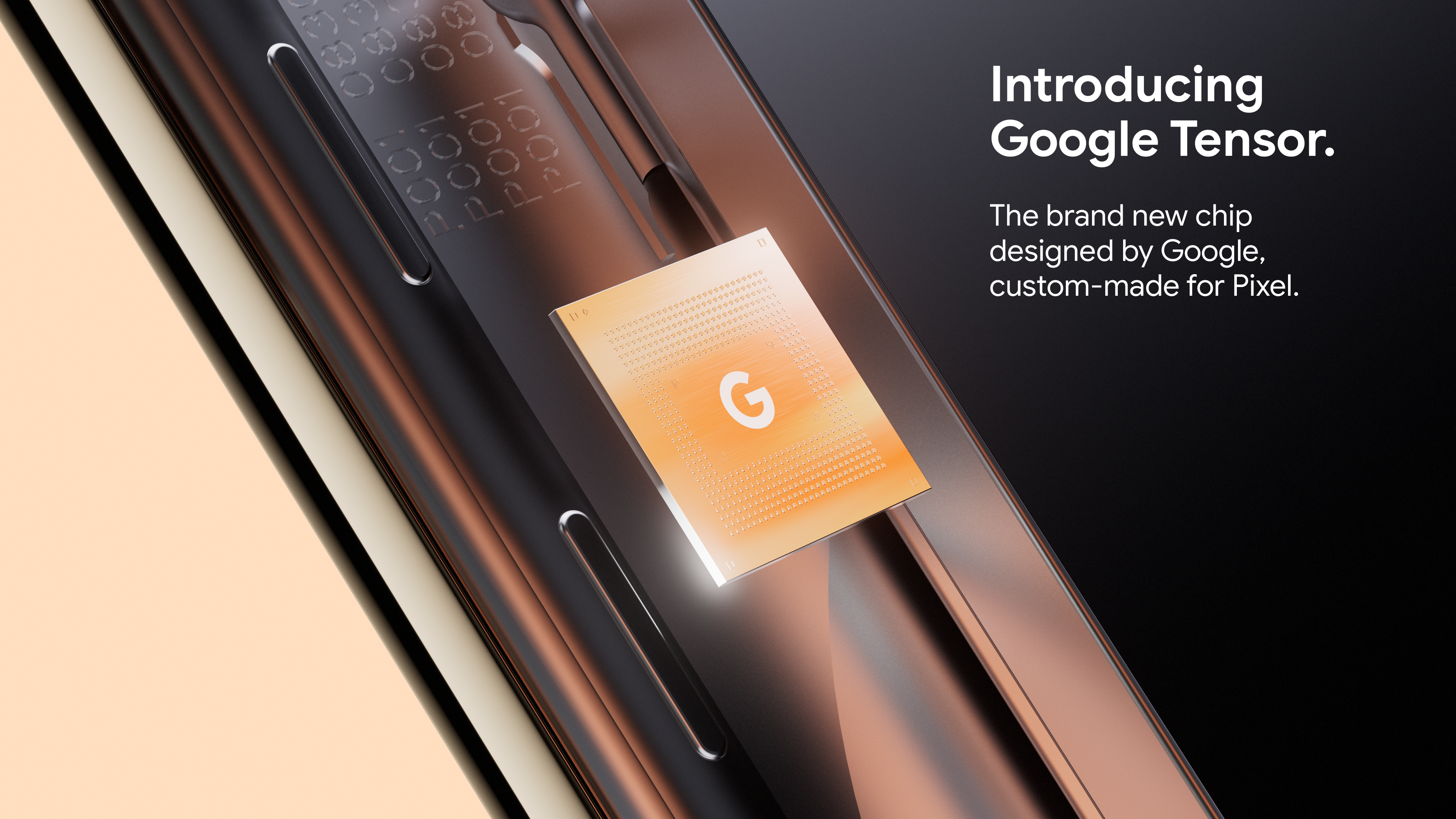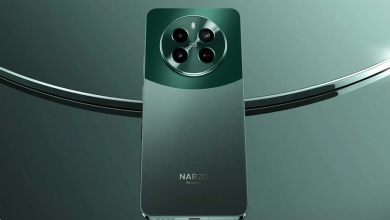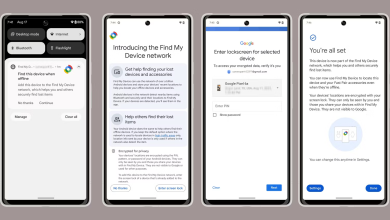Google Tensor G2 Chip is Still Far Behind Qualcomm

In true Google fashion, live engineering samples of the Pixel 7 and Pixel 7 Pro were leaked months before launch. Heck, someone even posted an unboxing video. A few other leaks also confirmed the chipset used by the phone, now powered by the new Tensor G2. Recently, developer Kuba Wojciechowski was even able to find the Geekbench 5 scores of the Pixel 7 Pro, giving us a glimpse of the SoC’s performance, and well, it seems quite underwhelming so far.
All this, combined with the 4nm process node that’s used for the chip, contribute to a ~10% multi-core performance enhancement with a negligible single-core change. pic.twitter.com/lSLlpwHP1U
— Kuba Wojciechowski :3 (@Za_Raczke) September 16, 2022
The Pixel 7 Pro gets a score of 1068 in single-core, and 3149 in multi-core. Putting this in perspective against the flagship Snapdragon 8 Gen 1, which has a score of 1224 in single-core and 3795 in multi-core. As you can see, the Tensor G2 so far doesn’t really stand against Qualcomm’s flagship chipsets. And that’s not unexpected, as the Tensor SoCs are based on Exynos designs from Samsung, with a bit of Google’s magic on top.
Samsung’s Exynos SoCs always featured behind Qualcomm’s SoCs in performance, and the difference actually increased over the years, getting to the point where Samsung ditched its own in-house chips and opted for the Snapdragon 8 Gen 1 in the S22 series.
Tensor G2: No Changes Under the Hood?
What’s surprising with the Tensor G2, is that the core configuration hasn’t really improved. Last year’s Tensor G1 arrived with an octa-core configuration, with 2x Arm Cortex-X1 (2.80GHz), 2x Arm Cortex-A76 (2.25GHz) and 4x Arm Cortex-A55 cores (1.80GHz). The Tensor G2 only comes with a slight improvement in this regard, with the same 2x Cortex-X1 (2.85GHz), 2x Cortex-A76 (2.35GHz) and 4x Cortex-A55 cores (1.80GHz).
Apart from the slight core overclocks, the Tensor G2 is now produced on Samsung’s improved 4nm architecture. And as expected from this configuration, there’s barely any improvement in single-core performance and about a 10 percent improvement in multi-core performance. Although not everything is old, as the Tensor G2 is now equipped with the Mali-G710 GPU, which promises a 20% improvement in performance and a similar 20% improvement in efficiency.
But is this a misfire on Google’s part? Probably not. Flagship SoCs manage to push the performance envelop every year, but recently that has come at the cost of efficiency and battery life. While you can compare SoCs in Geekbench, they necessarily don’t translate entirely to user experience. If Google thinks they can craft a good phone, with better battery life, even on a slightly older SoC configuration, more power to them. We’ll reserve our judgement until the phone officially releases.





